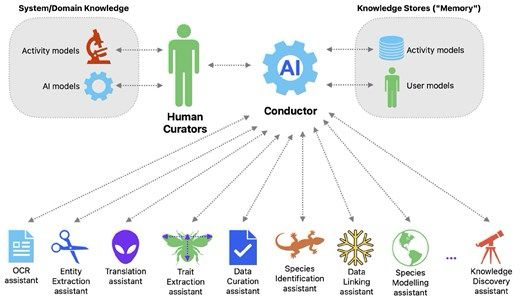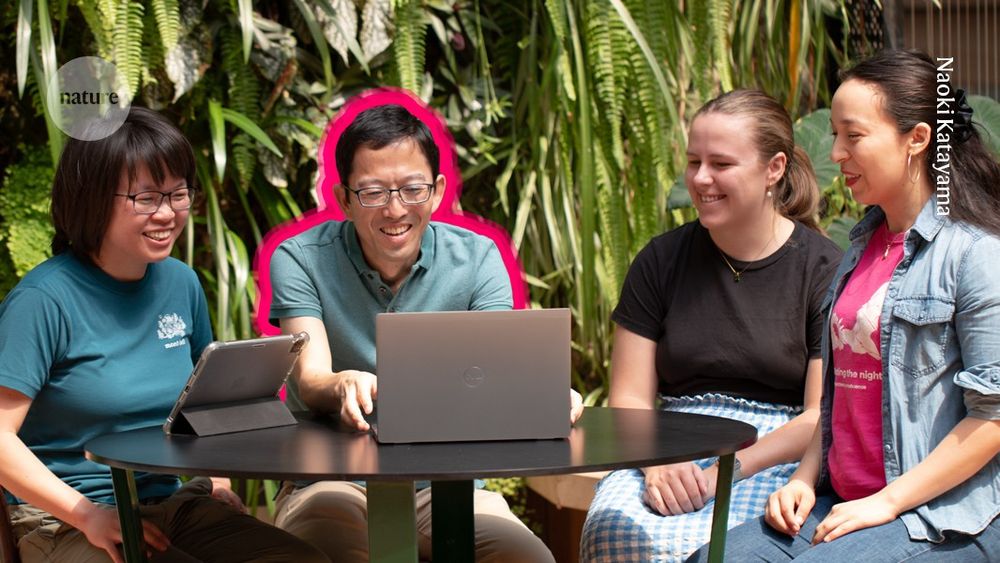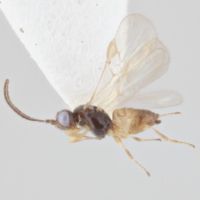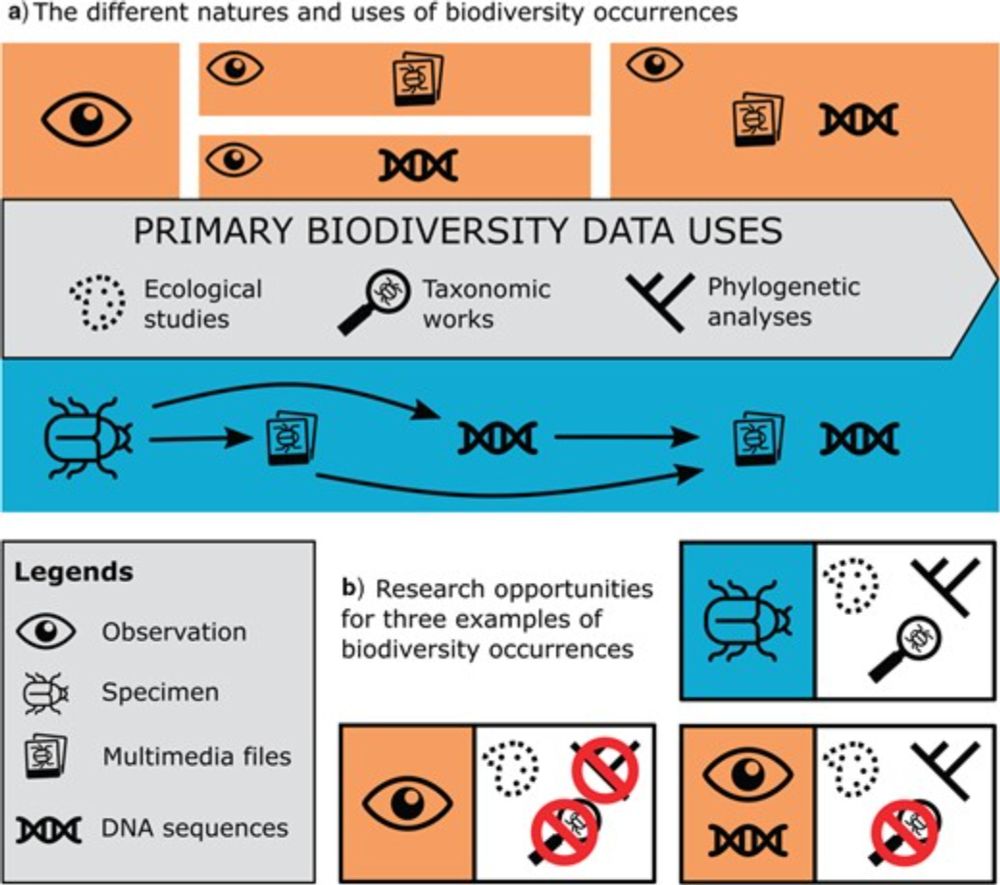Juanita Rodriguez
@juanitarodriguez.bsky.social
🇨🇴 🇦🇺 Senior Research Scientist and Hymenoptera curator at Australian National Insect Collection CSIRO. Opinions my own. She/her.
Just published! A vision of human–AI collaboration for enhanced biological collection curation and research. academic.oup.com/bioscience/a...

A vision of human–AI collaboration for enhanced biological collection curation and research
Abstract. Natural history collections play a crucial role in our understanding of biodiversity, informing research, management, and policy in areas such as
academic.oup.com
March 30, 2025 at 11:59 PM
Just published! A vision of human–AI collaboration for enhanced biological collection curation and research. academic.oup.com/bioscience/a...
‘Not being fluent in English is often viewed as being an inferior scientist’
www.nature.com/articles/d41...
www.nature.com/articles/d41...

Breaking language barriers: ‘Not being fluent in English is often viewed as being an inferior scientist’
Biologist Tatsuya Amano works to make science a fairer place for non-fluent speakers.
www.nature.com
February 11, 2025 at 10:19 AM
‘Not being fluent in English is often viewed as being an inferior scientist’
www.nature.com/articles/d41...
www.nature.com/articles/d41...
Reposted by Juanita Rodriguez
The #Eurytomidae UCE phylogeny that I've been working on in the past few years is now out as a preprint. By using museum samples at NMNH and CIRAD, we generated the first global phylogeny of this diverse but poorly studied #Chalcidoidea family. 🧪
www.biorxiv.org/content/10.1...
www.biorxiv.org/content/10.1...

Phasing in and out of phytophagy: phylogeny and evolution of the family Eurytomidae (Hymenoptera: Chalcidoidea) based on Ultraconserved Elements
We present the first global molecular phylogenetic hypothesis for the family Eurytomidae, a group of chalcidoid wasps with diverse biology, with a representative sampling (197 ingroups and 11 outgroup...
www.biorxiv.org
February 3, 2025 at 5:42 AM
The #Eurytomidae UCE phylogeny that I've been working on in the past few years is now out as a preprint. By using museum samples at NMNH and CIRAD, we generated the first global phylogeny of this diverse but poorly studied #Chalcidoidea family. 🧪
www.biorxiv.org/content/10.1...
www.biorxiv.org/content/10.1...
Three new species of Australian Miracinae wasps described by wonderful PhD student Mollie Slater-Baker from specimens collected by regional schools #hymenoptera #taxonomy #citizenscience jhr.pensoft.net/article/137806

Three new species of Australian miracine parasitoid wasps collected by regional schools as part of the Insect Investigators citizen science project (Hymenoptera, Braconidae, Miracinae)
Miracinae is a poorly known and rarely collected subfamily of parasitoid wasps belonging to the family Braconidae. Here, three new species are described from material collected by Australian regional ...
jhr.pensoft.net
January 28, 2025 at 11:21 AM
Three new species of Australian Miracinae wasps described by wonderful PhD student Mollie Slater-Baker from specimens collected by regional schools #hymenoptera #taxonomy #citizenscience jhr.pensoft.net/article/137806
Reposted by Juanita Rodriguez
Increasing Disconnection of Primary Biodiversity Data from Specimens: How Does It Happen and How to Handle It? academic.oup.com/sysbio/artic...

The Increasing Disconnection of Primary Biodiversity Data from Specimens: How Does It Happen and How to Handle It?
Abstract. Primary biodiversity data represent the fundamental elements of any study in systematics and evolution. They are, however, no longer gathered as
academic.oup.com
January 21, 2025 at 3:03 PM
Increasing Disconnection of Primary Biodiversity Data from Specimens: How Does It Happen and How to Handle It? academic.oup.com/sysbio/artic...

